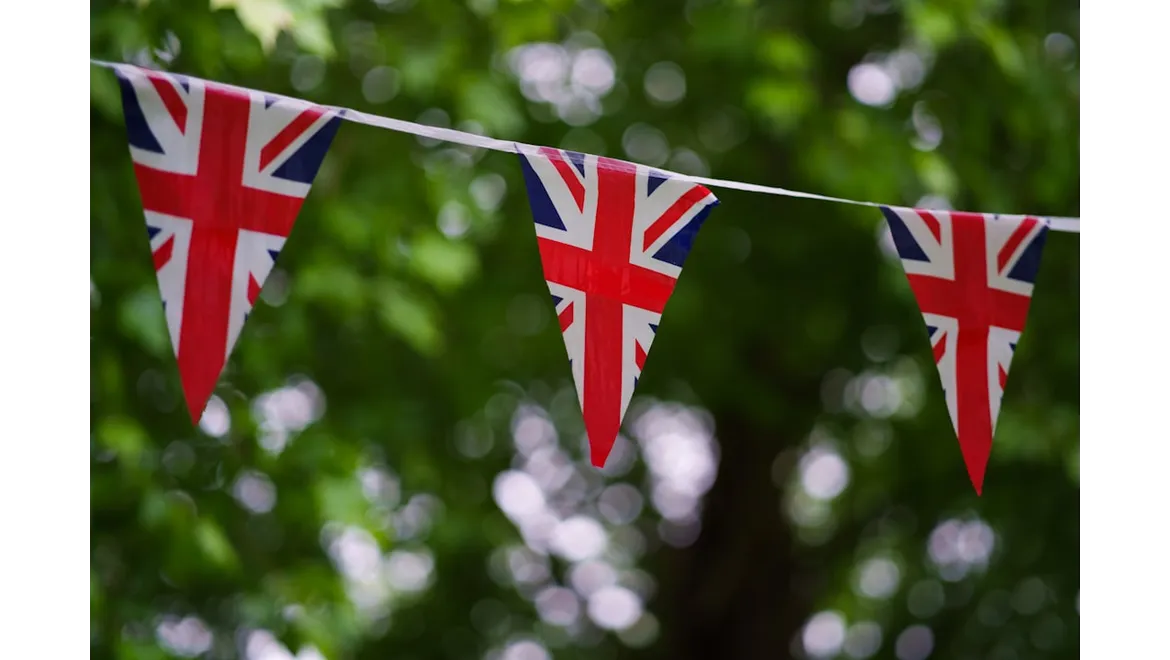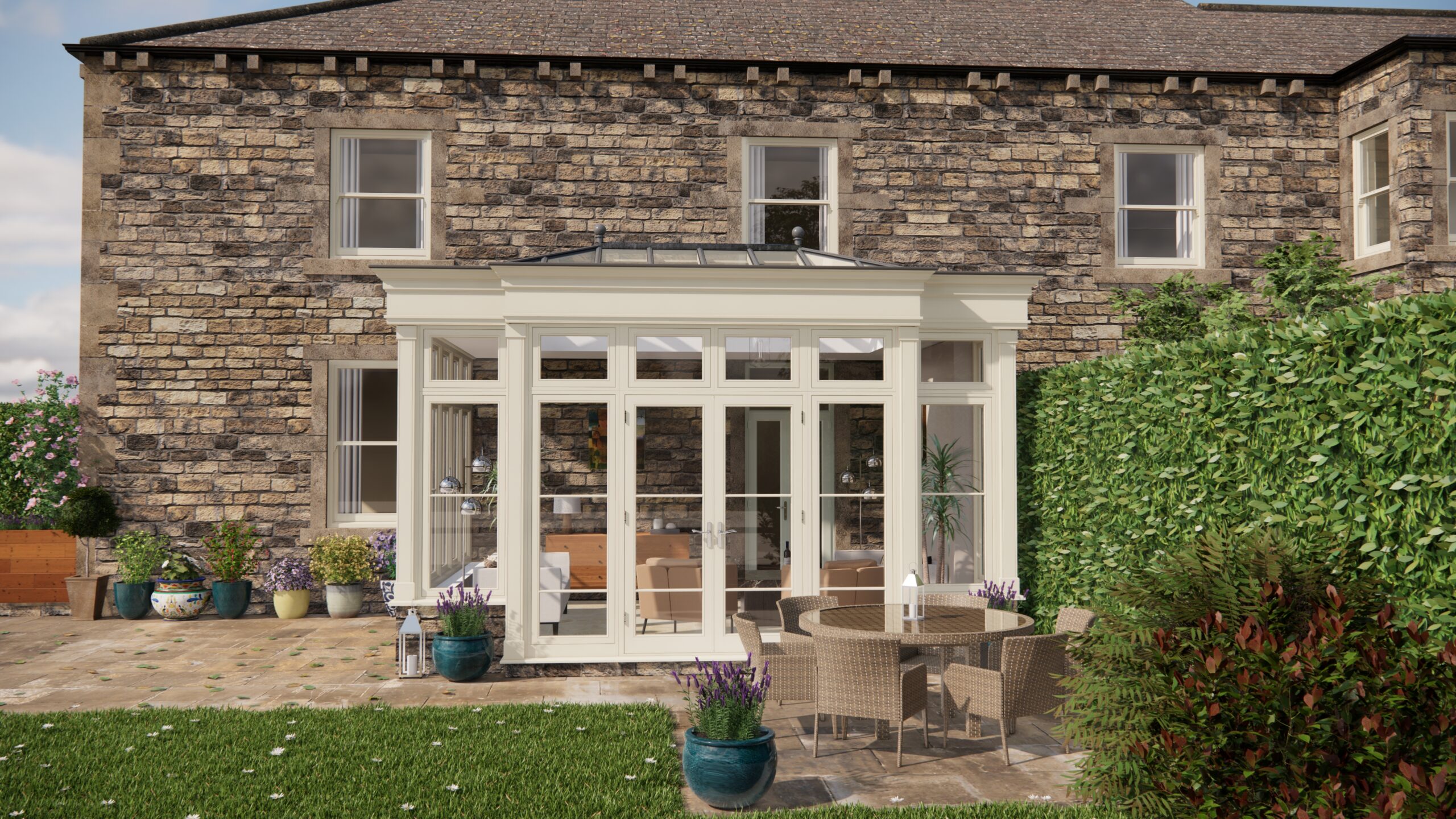Right, so I was chatting with my friend Luke the other day, a self-confessed ‘enthusiastic but easily distracted’ gardener. He was bemoaning the never-ending cycle of watering, weeding, and general garden fussing. It got us talking about creating a truly low-maintenance garden, especially one that could handle those increasingly dry summers we seem to be having in the UK. It was all based on the enjoyment of a garden in the UK and he was searching for information that gave him gardening ideas, landscaping, different plant and shrub types and articles about solving different problems that gardeners face.
“Honestly,” he sighed, “I just want a garden I can enjoy without it feeling like a second job!” That’s when I started telling him about drought-tolerant landscaping, specifically focusing on ideas for UK gardens. This discussion was centred around: ‘Creating a Low-Maintenance UK Garden: Ideas for drought-tolerant plants, ground cover, mulching strategies, automated irrigation, and hardscaping to minimise upkeep while maximising enjoyment.’
Plant Power: The Drought-Resistant Dream Team
The first thing we discussed was plants. You can’t have a garden without them, but choosing the right ones is key to reducing water needs. I told him about some absolute winners for our climate. Lavender, of course, is a classic. Not only is it beautiful and fragrant, but it positively thrives in dry conditions. We talked about varieties like ‘Hidcote’ and ‘Munstead’, both reliably hardy and long-flowering. Another great option is Sedum, particularly the ‘Autumn Joy’ variety. They provide stunning late-season colour and are incredibly drought-tolerant. Luke was already picturing them, buzzing with bees.
For shrubs, I suggested Cistus (Rock Rose). These Mediterranean beauties are surprisingly hardy in the UK and offer masses of papery flowers in summer. He was intrigued by the idea of a plant that looked like it belonged in the south of France but could happily survive in his garden in Surrey. We also touched upon the importance of grasses. Ornamental grasses like Festuca glauca (Blue Fescue) are fantastic for adding texture and movement, and they’re virtually indestructible once established.
Ground Cover Glory: The Weed-Suppressing Heroes
Then we moved onto ground cover. Luke hates weeding (who doesn’t?), so this was a big one. I explained how effective ground cover plants can be at suppressing weeds and reducing soil moisture evaporation. Thyme is a brilliant choice, releasing its lovely scent when you walk on it. We also talked about creeping phlox (Phlox subulata), which forms a dense mat of foliage and explodes with colour in spring. Stonecrop (Sedum spurium) is another excellent option, particularly for sunny, well-drained areas.
He liked the idea of something edible too, so I suggested considering creeping thyme. Perfect for adding a herbal touch under foot and it smells amazing when stepped on, especially on a hot day.
Mulching Magic: Locking in Moisture
Next up, mulching. It’s such a simple thing, but incredibly effective. A good layer of mulch helps to retain moisture in the soil, suppress weeds, and regulate soil temperature. I recommended using organic mulches like bark chips or composted wood chippings. They not only improve soil structure as they decompose but also provide nutrients for your plants. Luke was wondering about using gravel or slate chippings, which are also effective and can add a decorative touch. I cautioned him about the potential for gravel to heat up the soil in very hot weather, but overall, it’s a good option if he likes the look.
Watering Wisely: Efficiency is Key
Even drought-tolerant plants need some water, especially when they’re getting established. We discussed watering techniques. The key is to water deeply and infrequently, rather than giving plants a little sprinkle every day. This encourages roots to grow deeper into the soil, making them more resilient to drought. I suggested Luke invest in a simple drip irrigation system for his borders. It’s an efficient way to deliver water directly to the roots of plants, minimising water waste. Plus, he can set it on a timer, so he doesn’t even have to think about it!
Hardscaping Havens: Low-Maintenance Landscaping
Finally, we touched upon hardscaping. Incorporating elements like gravel paths, patios, and decorative stones can significantly reduce the amount of lawn you need to maintain. Luke already has a small patio, but I suggested extending it to create more outdoor living space. He could also add a gravel garden, planted with drought-tolerant succulents and grasses. The orangery adds a fantastic touch to his garden so adding a feature that he can view from inside would add to the overall enjoyment
Adding a water feature that recirculates is also a plus as it looks pretty and the water is recycled.
So, overall, to achieve this low-maintenance oasis, Luke needs to select the right plants which will give a variety of colours throughout the year, good ground cover to keep the weeds at bay, keep the water in the ground with mulching and add hard landscaping to reduce the amount of garden he has to keep tending.
Luke left armed with ideas and a renewed sense of gardening optimism. He’s off to his local garden centre to start planning his drought-tolerant transformation. I can’t wait to see the results!


